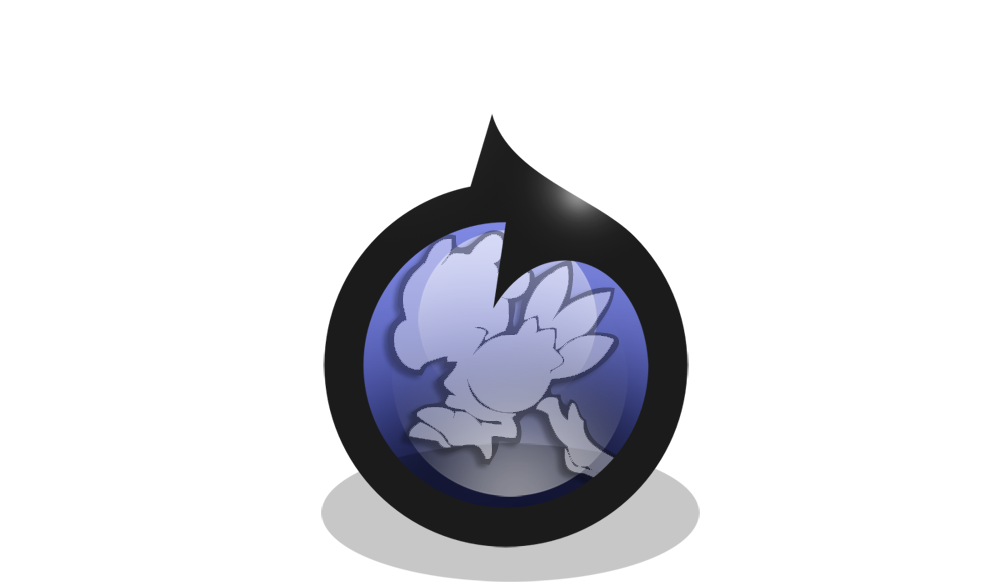 When web writers realized that search engine optimization was crucial for business, they had a tendency to spam the page as well as the metadata with their target keywords for search. It…wasn’t pretty. Web content looked like a robot wrote it. The metadata, for titles and descriptions as well as keywords, were smattered with keywords. Eventually, Google wised up and started to crack down on such obvious SEO spam techniques.
When web writers realized that search engine optimization was crucial for business, they had a tendency to spam the page as well as the metadata with their target keywords for search. It…wasn’t pretty. Web content looked like a robot wrote it. The metadata, for titles and descriptions as well as keywords, were smattered with keywords. Eventually, Google wised up and started to crack down on such obvious SEO spam techniques.
Google’s goal, as I mentioned before, is not to promote your business to searchers; their purpose is to put the most meaningful content related to a user’s search in front of them. A website that is written horribly with keyword spam is not going to be meaningful to a user. Google will be able to tell by the bounce rate on a page or post, which is how quickly a user leaves your website after visiting one page. High bounce rates are typical for blog posts, but you don’t want a high bounce rate for your business pages. You want people to look around your website, find a contact page to reach you, buy a product, look more into your services, etc. The bounce rate is one factor Google uses to determine your search engine ranking for keywords.
Now the name of the game is to be conservative with your keyword placement. Once you determine your target keywords, there are only four places the keywords really need to be. The page/post content isn’t necessarily one of them.
- Meta Title
- Meta Description
- URL
- Alt Tags in Images
If your website uses WordPress for the CMS, then all of these are very simple to implement. First step, if you don’t have it already, is to download the free Yoast SEO plugin. I mainly work in WordPress, and I have this plugin installed on every site I’ve ever built.
If you don’t use WordPress, learn where you can control your meta tags and URL (the web link to your post or page).
The alt tags for images may be trickier to find. This option is usually found when you upload an image to use for the first time. You should see a place for the title of the image, which is usually automatically the filename for the image. You should also see a spot for either “Alt Text” or “Alt Description” or even “Alt Tag.” Fill in your target keyword phrase for each and every image you use on the page.
The only exception to this is if you are cross-using an image from another post. That said, I would only use the same image across various posts if the posts were a consistent column or feature. If that is the case, be sure to add another brand new image to the post with your keyword phrase as the alt tags.
If all of this is clear as mud, please contact me! I can explain what to do, one-on-one with your CMS, or we can discuss bringing Warkhammer into your SEO plan.

Leave a Reply